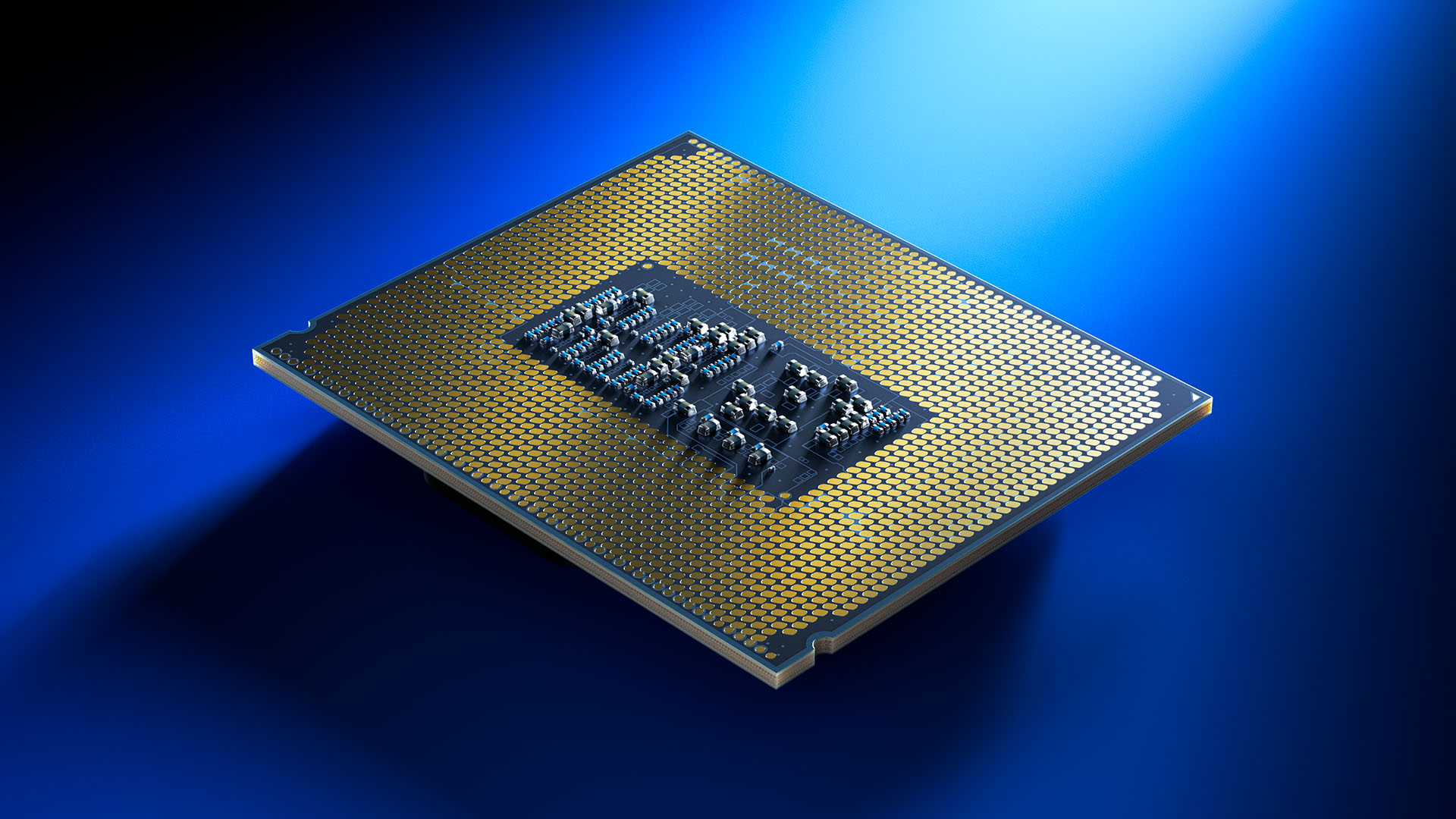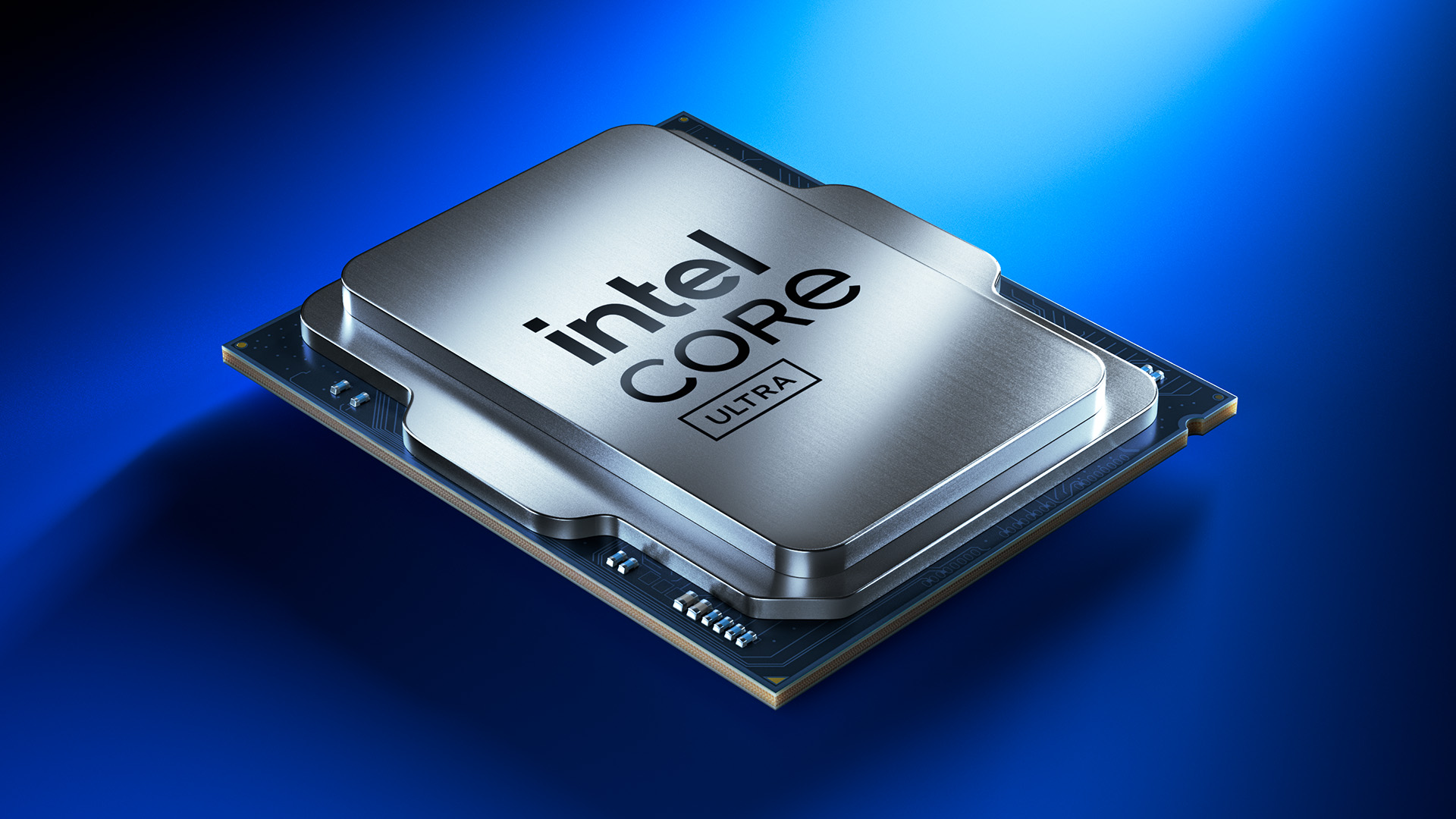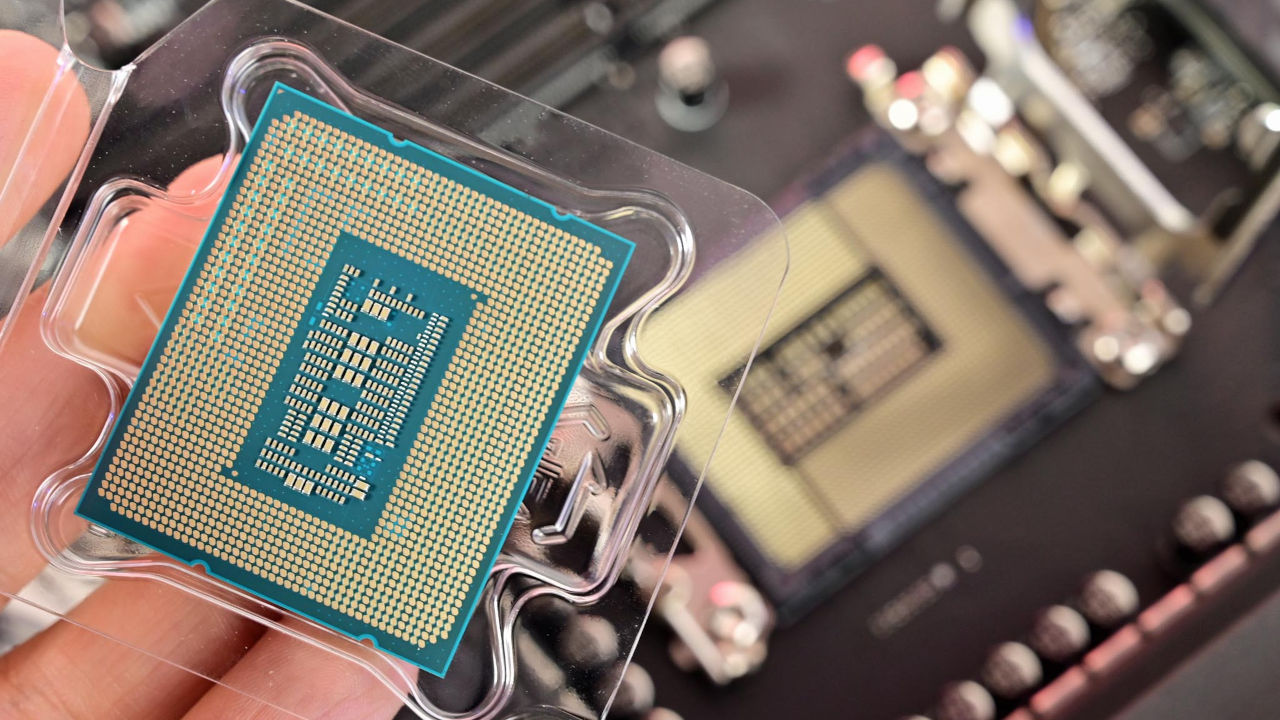Intel Core Ultra 200S desktop AI processors promise "groundbreaking power efficiency" as Arrow Lake targets creative PC gamers
Arrow Lake-S translates everything Intel achieved with AI PCs to the desktop PC market.

What you need to know
- Intel Core Ultra 200S Series desktop processors will launch with 5 SKUs ranging from an entry-level 14-core Ultra 5 245K/KF to the flagship 24-core Ultra 9 285K.
- Intel's "top priority" for its generational move from Raptor Lake-R (Refresh) to Arrow Lake is improving performance-per-watt power efficiency.
- Upcoming Arrow Lake H and HX mobile processors target enthusiasts with the same packaging and architecture, and vPro versions are "planned."
Following its 13th and 14th Gen of desktop processors codenamed Raptor Lake and Raptor Lake Refresh, Intel has finally announced its next-generation Core Ultra 200S chips, previously delayed when known only as Arrow Lake. It's the first range of hardware-enabled AI processors from Intel with an integrated NPU (Neural Processing Unit) rated at 13 TOPS (Tera Operations per Second) modified from its previous-generation Meteor Lake mobile processors, rather than the 45 TOPS NPU found in codenamed Lunar Lake chips, also a part of this new Core Ultra Series 2 range.
| Header Cell - Column 0 | Cores/Threads | GPU Cores | Max Clock | MSRP |
|---|---|---|---|---|
| Ultra 9 285K | 24/24 | 4 | 5.7 GHz | $589 |
| Ultra 7 265K | 20/20 | 4 | 5.5 GHz | $394 |
| Ultra 7 265KF | 20/20 | N/A | 5.5 GHz | $379 |
| Ultra 5 245K | 14/14 | 4 | 5.2 GHz | $309 |
| Ultra 5 245KF | 14/14 | N/A | 5.2 GHz | $294 |
It's a slightly confusing generational crossover since Core Ultra 100 never hit desktops, but Intel is sticking with the Series 2 moniker for its new Arrow Lake-S processors. Core Ultra 200S Series chips feature a similarly "intense focus" on being the "most efficient family of x86 processors ever" as their codenamed Lunar Lake mobile counterparts, with an impressive promise of "up to 30% lower power" than the previous 14th Gen Core desktop range while delivering comparable or better performance in gaming, and that comes with a bonus effect of cooler package temperatures and a slightly higher TjMax limit of 105°C.
What's new in Arrow Lake?

Intel undoubtedly wants the majority of consumer attention on its power efficiency improvements. Still, a handful of critical changes come with the launch of Core Ultra 200S desktop processors. Arrow Lake-S is Intel's first disaggregated desktop processor using the same Foveros 3D packaging as Meteor Lake, including a modified version of its NPU 3 tile. It kickstarts a new era of desktop-oriented AI PCs for Intel, catching up to the offerings from AMD's previous-gen, Ryzen AI 8000G Series chips.
AI definitely represents the biggest opportunity to transform the PC since Wi-Fi was first added to laptops.
Josh Newman, Intel VP
This 13 TOPS NPU will, aside from its usual AI computing tasks, influence power management by making "intelligent adjustments in real time" as Intel's Thread Director assigns cores to Arrow Lake's P- (Lion Cove Performance) or E- (Skymont Efficiency) cores. Intel expects to ship over 40 million AI PCs by the end of the year, boasting it as "a whole lot more AI PC scale than AMD and Qualcomm combined."
Regarding the seemingly low TOPS count, at least in that it falls short of Microsoft's 40+ TOPS compliance requirement for Copilot+, Intel VP Robert Hallock explained that anything higher would come with the sacrifice of core counts on the CPU and GPU tiles and other sacrifices that would go against the purpose of appealing to enthusiast creators and gamers, describing 13 TOPS as "more than enough" to handle modern AI workloads.
On the integrated graphics tile, Intel is bringing its Xe-LPG architecture from Meteor Lake technology to the Arrow Lake Core Ultra K processors. It still uses DP4a instructions, not the Xe Matrix eXtensions (XMX) engines used in Lunar Lake's Xe2 tile, but it remains an excellent fallback for video encoding and decoding even inside a machine with a dedicated graphics card, natively supporting Sony's 4K/8K new XAVC codec.
As for the mobile enthusiast market, Arrow Lake H and HX chips will feature the same power efficiency and IPC (Instructions per Clock) gains alongside Intel's NPU 3 tile and a bump up to the Xe2 GPU used in Lunar Lake. Wi-Fi 7 will also be integrated into portable devices here, though it'll still use Thunderbolt 4 as standard. When pressed on the potential for Intel vPro versions of Arrow Lake devices, Intel VP Roger Chandler gave a positive yet vague confirmation, saying, "a bunch of announcements are coming next year."
Get the Windows Central Newsletter
All the latest news, reviews, and guides for Windows and Xbox diehards.
A new LGA1851 socket for Z890 motherboards

Core Ultra 200S processors bring a new LGA1851 motherboard socket and Intel 800 chipset, a crucial consideration for PC gamers who build custom desktop rigs and even those considering upgrading to a new machine, whether pre-built or sourced from a third party. If you're moving from an LGA1700 socket processor from Intel's 12th, 13th, or 14th Gen Core desktop range, you'll need an entirely new motherboard to use an Arrow Lake-S equivalent like the flagship Core Ultra 9 285K.
On the positive side, Chandler explained that existing CPU coolers, both traditional air-cooling and AIO (all-in-one) liquid variants designed for LGA1700 sockets, should be compatible as soon as vendors offer additional mounting hardware to apply the proper pressure on the IHS (Integrated Heat Spreader) and transfer heat from the SoC hotspots.
Depending on the manufacturer you buy from, your motherboard might feature Wi-Fi 7 connectivity and Thunderbolt 5 ports, but Thunderbolt 4 and Wi-Fi 6E are included as standard if not. Intel's 800 Series chipset also includes 48x PCIe lanes, with 20x supporting the new PCIe 5.0 standard and 24x at PCIe 4.0. Finally, enhancements to granular overclocking controls and Intel's Killer Wi-Fi management suits promise absolute control to gamers looking to tweak every aspect of their Arrow Lake-S machine.
When I get my hands on Core Ultra 200S samples, I'll find out how this new processor and chipset combination performs — stay tuned.

Ben is a Senior Editor at Windows Central, covering everything related to technology hardware and software. He regularly goes hands-on with the latest Windows laptops, components inside custom gaming desktops, and any accessory compatible with PC and Xbox. His lifelong obsession with dismantling gadgets to see how they work led him to pursue a career in tech-centric journalism after a decade of experience in electronics retail and tech support.
